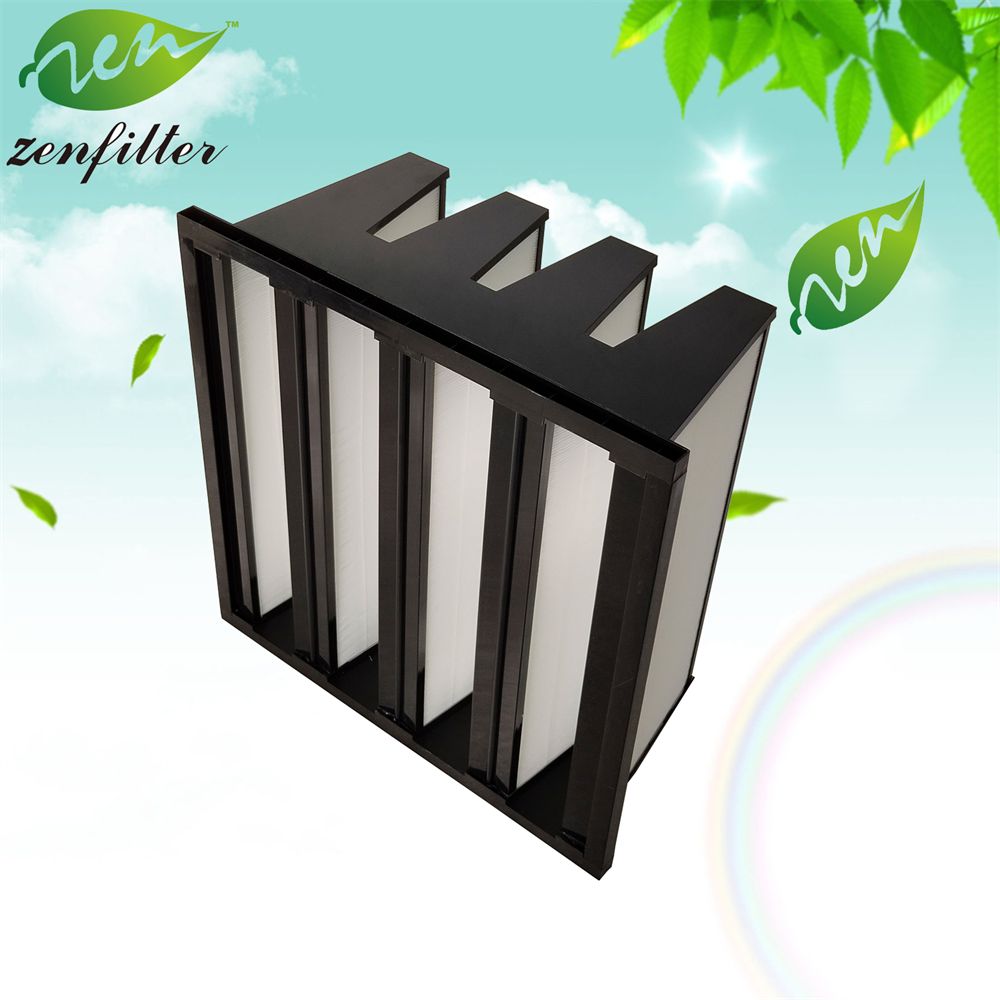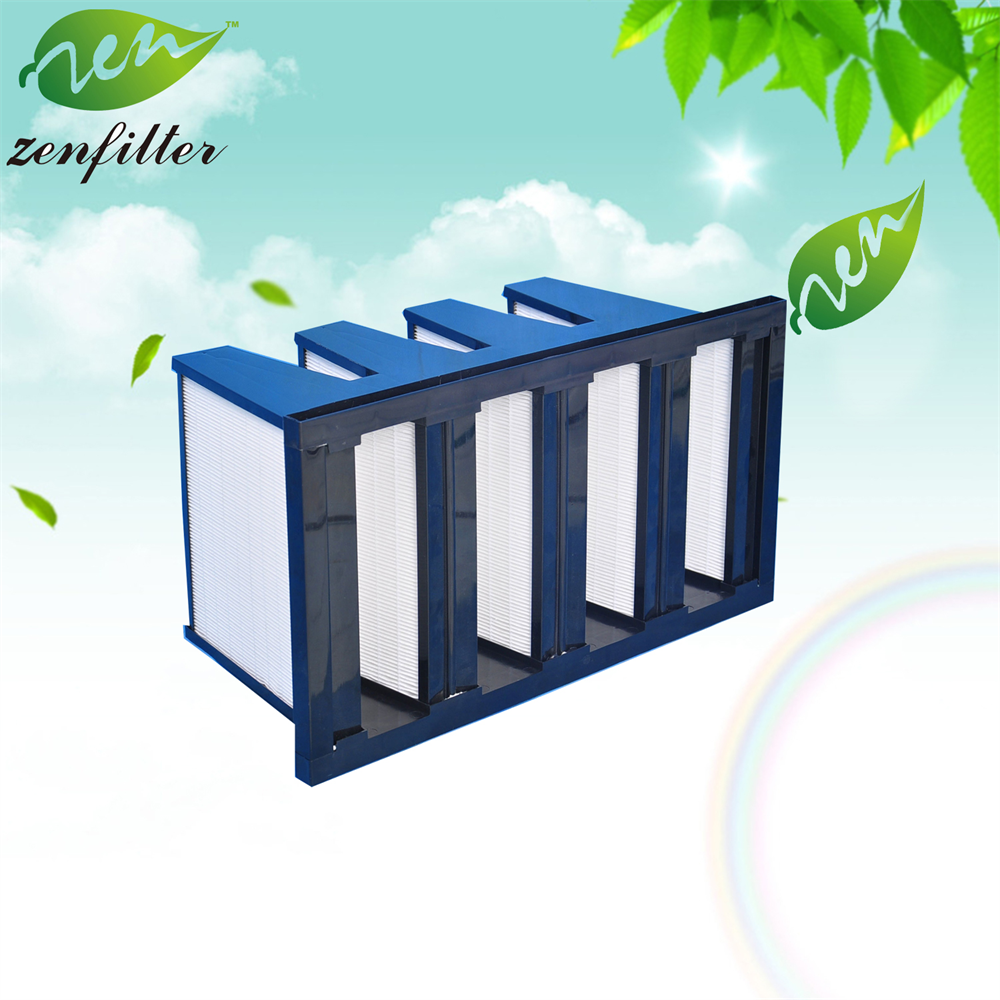Filter use replacement cycle
The air filter is the core equipment of the air conditioning purification system. The filter creates resistance to the air. As the filter dust increases, the filter resistance will increase. When the filter is too dusty and the resistance is too high, the filter will be reduced by the air volume, or the filter will be partially penetrated. Therefore, when the filter resistance increases to a certain value, the filter will be scrapped. Therefore, to use the filter, you must have a proper life cycle. In the case where the filter is not damaged, the service life is generally determined by resistance.
The service life of the filter depends on its own advantages and disadvantages, such as: filter material, filtration area, structural design, initial resistance, etc. It is also related to the dust concentration in the air, the actual air volume, and the setting of the final resistance.
To master the appropriate life cycle, you must understand the changes in its resistance. First, you must understand the following definitions:
1. Rated initial resistance: The initial resistance provided by the filter sample, filter characteristic curve or filter test report under rated air volume.
2. Initial resistance of design: filter resistance under system design air volume (should be provided by air conditioning system designer).
3. The initial resistance of the operation: at the beginning of the system operation, the resistance of the filter. If there is no instrument for measuring the pressure, the resistance under the design air volume can only be taken as the initial resistance of the operation (the actual running air volume cannot be completely equal to the design air volume);
During the operation, the resistance of the filter should be checked regularly to exceed the initial resistance (resistance monitoring device should be installed in each filter section) to determine when to replace the filter. Filter replacement cycle, see table below (for reference only):
|
Category |
Check content |
Replacement cycle |
|
Fresh air inlet filter |
Is the mesh more than half blocked |
Sweep once a week or so |
|
Coarse filter |
The resistance has exceeded the rated initial resistance of about 60Pa, or equal to 2 × design or initial resistance |
1-2 months |
|
Medium filter |
The resistance has exceeded the rated initial resistance of 80Pa, or equal to 2 × design or initial resistance |
2-4 months |
|
Sub-HEPA filter |
The resistance has exceeded the rated initial resistance of about 100 Pa, or equal to 2 × design or running initial resistance (low resistance and sub-HEPA is 3 times) |
More than 1 year |
|
HEPA filter |
The resistance has exceeded the rated initial resistance of 160Pa, or equal to 2 × design or initial resistance |
More than 3 years |
Special note: low-efficiency filter generally uses coarse fiber filter material, the gap between fibers is large, and the excessive resistance may blow the dust on the filter. In this case, the filter resistance is no longer increased, but the filtration efficiency It is almost zero, so strictly control the final resistance of the coarse filter!
There are several factors to consider when determining the final resistance. The final resistance is low, the service life is short, and the long-term replacement cost (filter cost, labor cost, and disposal cost) is correspondingly high, but the running energy consumption is low, so each filter should have the most economical final resistance value.
Final resistance recommended value:
| Efficiency | Recommended final resistance Pa |
| G3(Coarse) | 100~200 |
| G4 | 150~250 |
| F5~F6(Medium) | 250~300 |
| F7~F8(HEPA and Medium) | 300~400 |
| F9~H11(Sub-HEPA) | 400~450 |
| HEPA | 400~600 |
The dirtier the filter, the faster the resistance grows. Excessively high end resistance does not mean that the filter life will be extended, and excessive resistance will cause the air conditioning system to have a sharp decrease in air volume. Excessive high resistance is not advisable.

